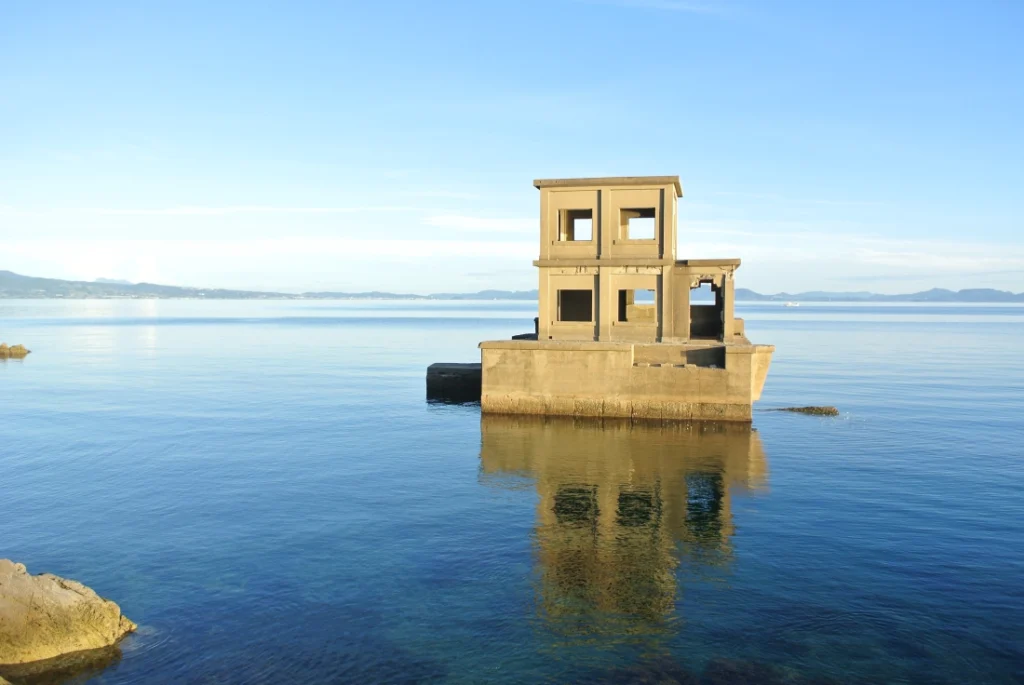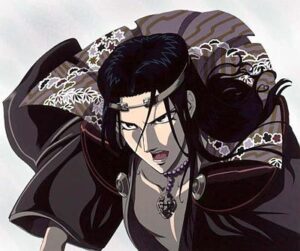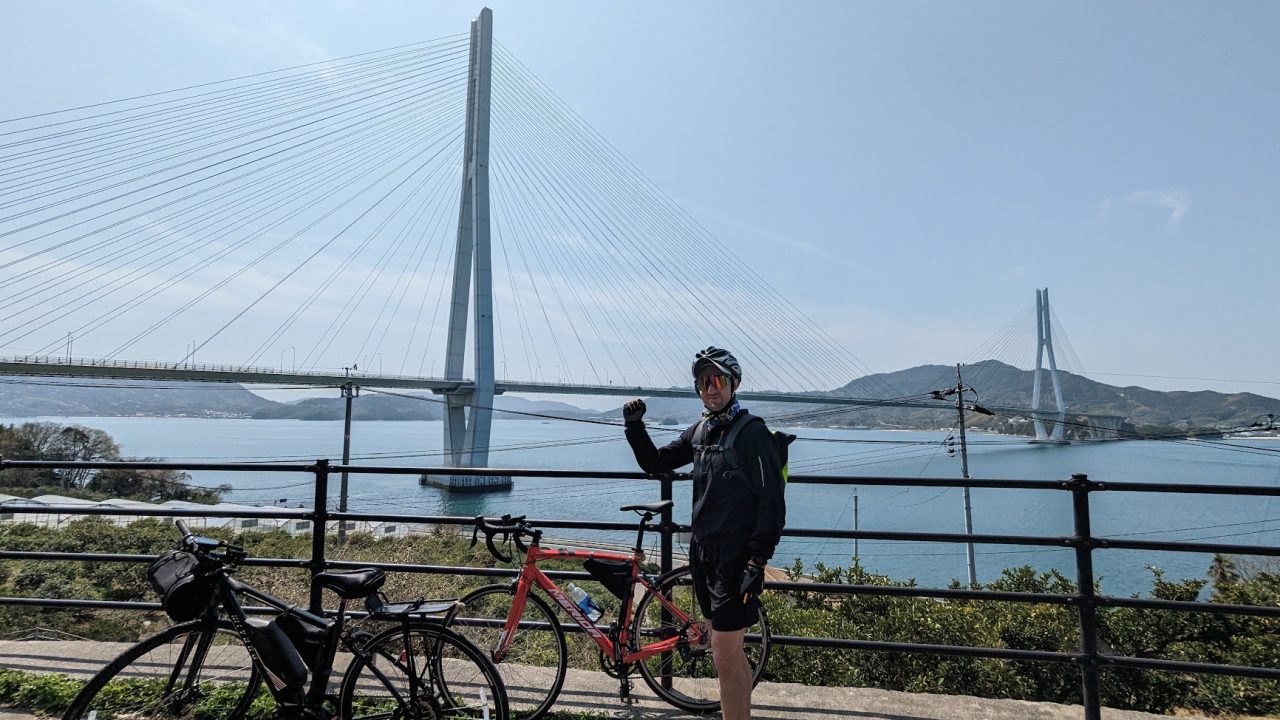Japan
Dark History of Nagasaki, Japan
The A-Bomb, WWII and War
Everyone knows about Hiroshima (the bigger of the 2 bombings in WWII) but Nagasaki is often forgotten. Link to detailed History. There are some other historic sites I’d recommend in Nagasaki Prefecture related to this:
- An Abandoned Torpedo Test Site
- Nagasaki Peace Park
- Nagasaki Atomic Bomb Museum – Similar to the one in Hiroshima
See the Map below for other things in the Nagasaki Area as well as a potential cycling route to see them all.
Prosecution of Religion and Mount Unzen
Long before the atomic bomb was dropped, Nagasaki was famous for being Japan’s beacon to the west. Chinese, Portuguese, and Dutch traders have all passed through Nagasaki’s harbor and imparted a part of their culture along the way. Portuguese sponge cake called castera is still sold today as a Nagasaki staple. Dejima warf is a downtown tourist hot spot constructed to look like a 16th Century Dutch market, and Nagasaki’s China Town is Japan’s oldest and most vibrant. – National Geo.
Along with Western influence came its religion. Christianity came to Nagasaki in 1543 with a Jesuit missionary by the name of Francis Xavier. The majority of the country practiced Buddhism and Shintoism. Christianity was introduced to Japan by Portuguese and Spanish missionaries, and it gained some popularity among the Japanese population. However, fearing the influence of Christianity and foreign powers, the ruling authorities, particularly the Tokugawa Shogunate, implemented strict measures to suppress the religion.
In 1597, a group of 26 Christians, including missionaries and converts, were arrested in Nagasaki and brought to the nearby Mount Unzen. They were brutally executed by being tied to crosses and thrown into the boiling hot waters of the Unzen volcanic springs. This act was intended to deter the spread of Christianity and serve as a warning to those who practiced the faith.
The Shimabara Rebellion
The oppressive treatment of Christians, along with the socio-economic grievances, led to a widespread discontent that culminated in the Shimabara Rebellion. Under the leadership of a charismatic 16-year-old Christian named Amakusa Shiro, the rebels took control of Hara Castle in the Shimabara Peninsula. The castle became the focal point of the rebellion, with the rebels using it as a stronghold against the shogunate forces.
The rebellion was ultimately crushed by the Tokugawa Shogunate, with a massive force that included professional samurai and the assistance of Dutch naval forces. The defeat of the rebellion further intensified the persecution of Christians in Japan, leading to even stricter measures against the religion and its followers.
One of my Favourite Anime’s Rurouni Kenshin / Samura X has their whole arc: Shimabara Arc based on this brief history of Christians and Rebellion in Nagasaki area: Amakusa Shogo is a fictional character from the manga and anime series “Rurouni Kenshin” created by Nobuhiro Watsuki. The character of Amakusa Shogo in “Rurouni Kenshin” draws inspiration from historical figures and events, including the Shimabara Rebellion. In the story, Amakusa Shogo is portrayed as the leader of a group called the “Juppongatana,” a group of skilled warriors with diverse abilities. Amakusa Shogo seeks revenge against the Meiji government for their role in suppressing the Christian population and the Shimabara Rebellion.
Other Points of Interest
November 17, 1990, Mount Unzen erupted generating a pyroclastic flow. The eruptions of Mount Unzen caused significant destruction and loss of life. More than 40 people died, including scientists and journalists, and thousands of residents were evacuated from their homes. The volcanic activity also had a substantial impact on the local economy, tourism, and infrastructure.

Yakushima, Japan
The inspiration for the setting of the Ghibli movie: Princess Mononoke (もののけ姫). It’s a pretty simple island:
- Go for a hike and see all the big trees – see map below
- See the nice beaches and coastline
- There are turtles for snorkelling and if you go at the right time of year – hatching turtles
Tanegashima, Japan
There’s only 1 real reason to go here: to witness a rocket launch. Believe it or not but this is the space centre that Pokemon base their Moss Deep Space station off. Old detailed blog.


Bonus - Kaimondake Aka Little Fuji

Shikoku
Shikoku (四国), meaning “four kingdoms,” comprises four prefectures on an island in central Japan: Tokushima, Kochi, Ehime, and Kagawa. Shikoku is known for its powerful landscapes. Rugged mountains running east to west divide the island, and the southern part faces the expansive Pacific Ocean. Pockets of satoyama (里山), or foothill farm communities, are woven into the forests that surround them.
Shikoku is also known for religious significance – The Shikoku Pilgrimage, also called the “Shikoku henro (四国遍路)” or the “88 pilgrimage,” is a historic Buddhist route, established over 1,200 years ago. Inspired by a monk named Kūkai (who founded Shingon Buddhism), the pilgrimage and its customs are deeply ingrained in the people of Shikoku, Japan’s way of life.
Mount Tsurugi (剣山, Tsurugisan)
- Mount Tsurugi aka “Sword Mountain” was one of the most picturesque hikes I have done. It’s exposed ridgelines and views made it the perfect day out. You can find more granular details here on Japan Guide. I would recommend some car shuffling/ Bus (infrequent timings)/ Taxi between the start and end points of the hike. You can find and download Map GPX files.
Other highlights around the area include:
- Iya Valley Double Vine Bridge – You can slide across in a self pulled trolley across the gorge. Recommend at least 1 hour here.
- Nagoro “Scarecrow” Village – scary little area nearby. Only noting because it’s so closeby. Not essential.
- Statue of a Peeing Boy – quick stop if you’re on the way through
Other Locations on Shikoku
- Dogo Onsen – in Matsuyama. of which Miyazaki is said to have based his onsen from Spirited Away on. To be honest I didn’t see much of a resemblance but it did look very impressive.
Uchiko Town – Yokaichi Old Town is Uchiko’s preserved street of houses where most of the town’s attractions can be found. This historical district looks just as it did over 100 years ago, when wealth and prosperity came to Uchiko through its wax trade. Another symbol of Uchiko is found outside of the old district: Uchiko-za is a full scale kabuki theater equipped with trap doors, hidden entrances and a rotating stage.
Bonus - Naruto Theme Park
Whilst not ‘technically’ on Shikoku it what sits on an island between Honshu and Shikoku is: Naruto x Boruto park Nijigen no mori (Naruto Theme Park). Whilst I have not been here yet – It’s definitely on the list!


Cycling the Shimanami Kaido (しまなみ海道)
What is the Shimanami Kaido?
The Shimanami Kaido (しまなみ海道, Shimanami Kaidō) is a 60 kilometer long toll road that connects Japan’s main island of Honshu to the island of Shikoku, passing over six small islands in the Seto Inland Sea.
Cycling is a popular means of experiencing the Shimanami Kaido. The bicycle route is well marked and maintained, and diverges from the expressway on the islands. The ramps leading up to the bridges were built at small inclines with cyclists in mind. At about 70 kilometers, the bike route is a bit longer than the toll road, but because there are no large inclines, it can be comfortably completed in a day by intermediate cyclists.
Japan Guide
Hot Tips
- Don’t Rush it. It’s a simple route, any novice could complete it in a single day, it’s not a great achievement. Take the time – plan and explore the area; talk to the Locals, stop and go for a swim. There’s so much to do.
- Visit Ōkunoshima (Rabbit Island) – A quick ferry ride from two potential ports be surrounded by cute and furry friends and spend the night at an amazing Japanese style hotel with sunsets and beaches.
- Bicycle Rentals – Ensure you’ve booked your bike rental before arriving. They often shut on weird days of the week but will make an exception if you have booked ahead. I recommend The Red Bicycles Onomichi
- One way or Return – logistically speaking… it’s MUCH simpler to ride the bike back to where you picked it up. However if you don’t have the time you can pay for returning the bike via a courier. I’ve not done this but want to note it is an option. I’d recommend return trip and trying an alternate route starting from Onomichi.
- Routes of the Shimanami Kaido – there are multiple routes / lines you can follow on your adventure. The main line I find to be good but think the Island Explorer to be the better options; there’s less traffic (cars and trucks), less polluted and better scenery. See recommended (Black) route below.
Things Nearby
It’s a small town – if you haven’t been outside the major cities this will be a charming small town with good cafe’s food and fun little things to do such as:
- Onomichi Ramen: Onomichi is a ramen style that consists of soy sauce-based broth that is occasionally flavored with pork, seafood from the Seto Inland Sea, chicken, or dashi. The broth is served hot with flat wheat noodles of medium thickness and a generous serving of seabura – pork back fat. Recommend Denyasu – most places are quite crowded but this one is just as good with almost no wait.
- Senkoji Park – Amazong Views and Sakura (cherry blossom) flower viewing. Recommend walking up/down at least once to see the Cat Alley and winding streets and temples.

































